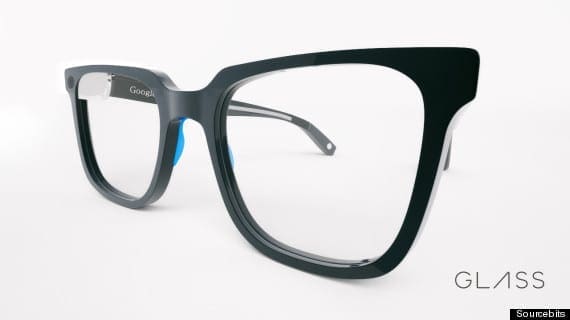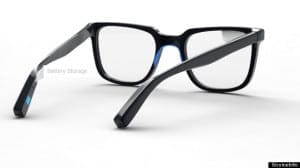Google Glass, or Glass as it is simply known, had news outlets, social media and blogs alike buzzing last summer when a video tutorial from the Google I/O 2012 keynote of a prototype of the tech-infused frame hit the Internet.
There was a lot to take away from Glass’s demonstration, namely what seemed like the endless amount of capabilities the product could perform.
Once the frames pair with a user’s smartphone, they automatically begin to display incoming calls, text messages and emails. The voice command system allows users to take pictures, record videos, depict directions, set reminders, video chat, music playback, check in and share locations.
At first glance Glass’s long list of functions may seem like the next big thing, many have criticized the device of three main points — price, privacy and presentation.
At this time Glass is not yet a consumer product. They are only available to those who were in attendance at last year’s Google I/O conference and paid a hefty $1,500 for the Explorer Edition of the futuristic specs. Although opinions on price may vary from consumer to consumer, one thing that remains constant is a product’s functionality.
Google has pitched Glass as a device with a variety of options but in many ways the device is simply an abbreviated, hands free extension of one’s smartphone. Glass uses tethering to function, which may provide a challenge to some as not all smartphones offer the option.
Additionally, the phone must be with the user in order for Glass to operate. The frames are not able to playback video or view full website and some users have even reported being unable to see the device’s projection completely due to eye constraints.
Privacy is another issue of particular concern when it comes to Glass. The product’s capture capabilities are essentially invisible to everyone but the user.
There is no outside indicator to alert individuals that Glass is recording them or taking their photo. And because the device functions as simply a frame that supports prescription and non-prescription lenses alike, there’s no limit to Glass’s jurisdiction.
This invasion of privacy was such a red flag that this past May eight members of congress’s Bi-Partisan Privacy Caucus wrote a letter to Google CEO Larry Page to voice their concerns. But despite the issue of safety reaching Washington, the most universal complaint about Glass has been its design.
Talk show hosts, Twitter personalities and tech gurus alike all attacked Google for their choice in design for Glass. Descriptions ranged from emulating a children’s toy to a redesign of “Star Trek” character Geordi La Forge iconic eyewear. But amidst all the negativity one company is looking to make a positive outcome.
Last week Sourcebits, a “design-led engineering” firm released its re-imagined design of Glass. Although the concept is noticeably more stylish, the company says their re-envisioning is based not only on fashion, but functionality.
“Google Glass right now has an uneven weight distribution because all the tech is packed on one side,” said Sourcebits Creative Director Benjamin George. “We have split it to both frame handles which logically made sense to reduce the thickness. Dual touch pads are an added benefit to cater to both right and left handed users.”
Sourcebits’ design takes advantage of the space around the temple and ears by neatly tucking away the device’s battery life monitor and memory storage. The design also hides the trademark frontal display, which rest on the right side in the current model.
This past February Google was in talks of partnering with eyeglass experts Warby Parker for a Glass redesign, however nothing has been confirmed with any plans on a redesign with the company. Sourcebits’ design puts a unique spin of the internet king’s version and surely offers up an interesting alternative.






